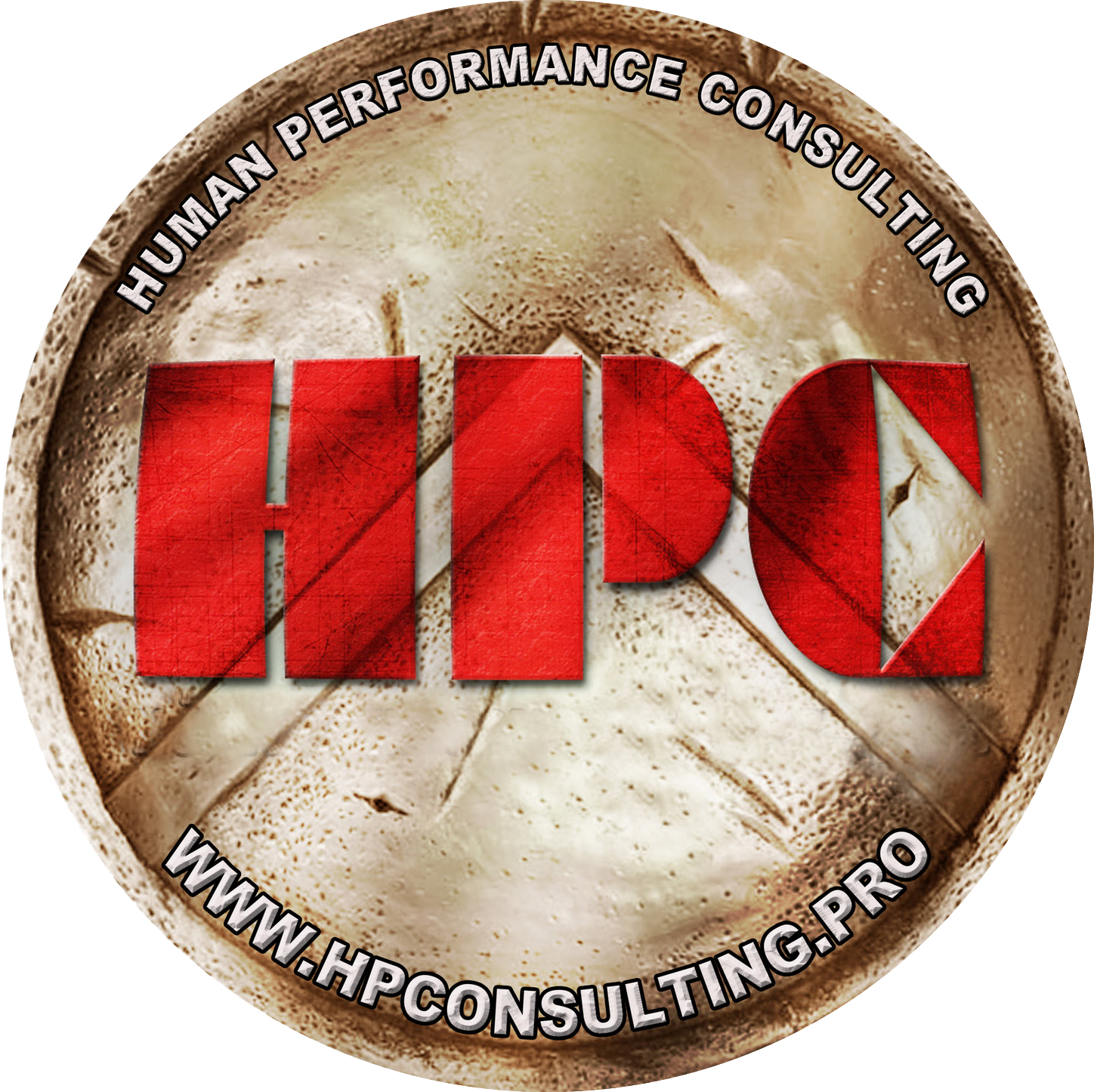Peak Performance and the IZOF Model
Human performance is something that has fascinated me since I watched the United States Hockey Team beat the Soviet Union in the 1980 Olympics. For those of you who witnessed that day, consider yourself to be both lucky and privileged. I don’t think something like that happens very often. How does a band of young, inexperienced boys beat what was at the time an invincible, professional hockey team that came from a country that was the greatest enemy of America? And in a more modern setting, with careers on the line, how does a professional athlete perform when there are literally millions of people watching from all corners of the globe? How do police and firefighters keep there cool (no pun intended) when the jobs they do get almost indescribably difficult and often deadly? How does a brain surgeon perform their duties with a human life delicately in the balance (this actually happened to us when our oldest son had brain surgery many years ago; believe me the question went through my head)? These are questions that Industrial/Organizational/Sports Psychologists attempt to answer and explain on a daily basis.
Training
Training is the word that we all use to describe a series of events that takes someone who is not proficient at doing something to someone who is proficient at doing something. Training takes a long time. Training takes dedication and discipline and passion. Without these three elements, individuals are simply “going through the motions” and not necessarily becoming experts at what they do. We sometimes use words that we take from computers to describe what training does to the brain. The word “Program” comes to mind whenever we think of any type of training pipeline that results in something at the end of the training, whether it be a wall street broker to a professional soccer player. Training involves repetition of basic skills and eventual progression of more complicated, higher level skills. Research suggest that training requires 10,000 hours, or about ten years of perfect practice to enter “professional” or “expert” status. The amount of time is what our neurons need to create the neurological connections that make us pros. However, other factors can accelerate or even perfect the process even further. Enter the IZOF Model.
Coaches all over the world have always used “mental toughness” and “playing the mental game” as part of their motivational repertoire. But what exactly do they mean? Is it enough to take a couple of deep breaths (more of a physiological dampening then a mental one) and think positive thoughts in order to reach a more proficient mental state? Perhaps that is all that the mind body connection needs? In actuality, the research suggests that certain non-technical (psychological) traits contribute to our success or failure even more than once imagined. The mind-body connection is a very powerful and permeating system that must be tuned and perfected in order to reach peak performance.
IZOF
The Individual Zones of Optimal Functioning (IZOF) model is an emotional profiling system designed to work with individuals to help them attain their optimal performance. The model describes emotional states on the x-axis and an intensity level on the y-axis. The IZOF model develops a range for individuals in order to determine what emotional states cause the best and worst performances. This idiosyncratic method helps the individual identify the critical emotional states (there are 20 of them!) and manipulate them before an event in order to achieve optimal, peak performance. What makes the IZOF different than other psychological assessments is that the IZOF uses idiosyncratic data from the participants. You see, we all experience emotions a little bit differently so it makes sense that a measure of one’s peak psychological emotional state will be “tailor made” to that individual.
An example of the IZOF is as follows: if you perform at an optimal level when your irritation level is is a 5, and your pre-competition (or board room presentation) is a 2, you must mentally increase your irritation level in order to perform at your optimal level of 5. Visualization often works in this case, like remembering a certain event in your life that caused you some irritation (like someone cutting you off on the highway). This “mental mapping” of emotional states is the first step in controlling the mental aspect of your human condition. By controlling and optimizing your mind, you increase your effectiveness and dominance in any human endeavor, whether playing tennis or making a sales pitch.
Assignment
Think of a time when you performed at your optimal level. Do you remember your emotional states? Pick two or three emotional states, such as motivation, fear, and anger. Map out on a piece of paper how high you were on a scale from 1 to 10 on each factor. That will be your optimal level, based on your performance, on the facts. Try and replicate these emotional levels the next time you have a performance. The key is that the performance, whether it is a tennis game of a sales call, needs to be the same. Having a workable metaphor that you can visualize helps out. For example, if you were angry and fearless during your performance, you may want to visualize and channel a bull before a bull ride, or something similar. The key is to take on the personality of what you visualize so that your emotional states can be as real as possible.
“Lean into it!”
Ed Naggiar, PhD I/O Psychology

